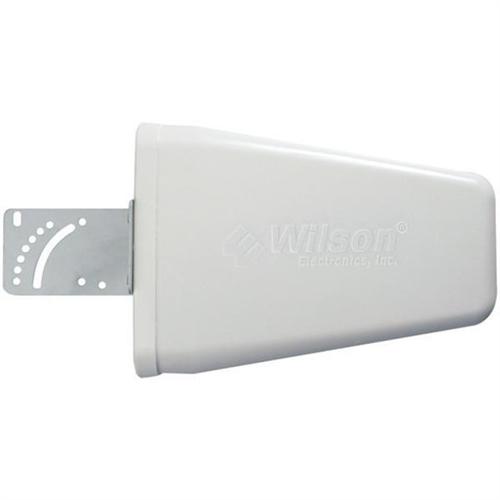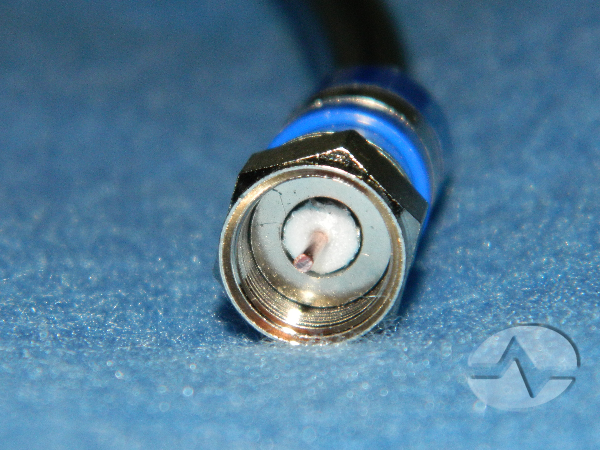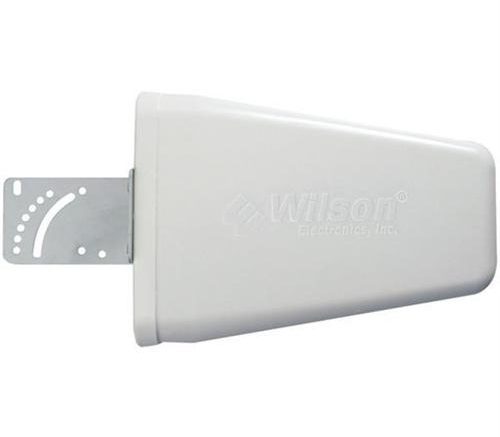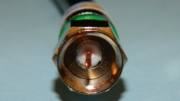I talk a lot about cellular signal boosters on this blog. There’s a good reason. I tend to call them “the best tech you’re not using.” I don’t understand why cell boosters aren’t included in every new home, why they’re not part of every new commercial building, and why they’re not being put in like gangbusters in all those existing spaces.
Because I hate to say it but cell service inside, no matter which carrier you have, isn’t always that great. It’s not the fault of cell carriers. You can blanket an area with great cell service and the materials that make up the building could soak up 90% of it. That’s why a cell booster is critical.
Do cell booster kits have what you need?
For the last half decade, the US Government has required cell booster makers to provide everything you need in a cell booster kit. Before that, you could buy the parts yourself and come up with something really customized. That’s still possible but usually only with larger commercial units. If you’re trying to do something for home you have to buy the whole kit and then replace the parts you want.
I think that for probably 90% of people the components in the kit are just what they need. However there is one case where you might want to consider changing out the outdoor antenna.
Are you really far from a cell tower?
While cell towers can communicate between each other over dozens of miles, a cell tower generally needs to be 1-2 miles from the phone in order for everything to work well. There are a number of reasons why that could be the case.
For example you could live somewhere rural, where cell service isn’t that good. Or, you could live on a farm which is so big that you’re naturally going to be a long distance from the tower. Maybe you’re in a city which doesn’t approve very many cell towers.
Whatever the reason there is a time when you may wish to look at a different antenna.
Which antenna do you have?
A lot of boosters, especially lower-priced ones, come with omni or panel antennas. An omni antenna generally looks like a stubby cylinder, something like this:

This sort of antenna is the easiest to install because you really don’t have to aim it. Unfortunately it’s also the least sensitive because it’s trying to pull in signals from all directions. Omni antennas are perfect for people in dense suburbs where the AT&T tower, the Verizon tower, and the T-Mobile tower might all be in different directions. In areas where the nearest tower is 2 miles away, it’s not going to be very helpful.
A panel antenna looks like this:

While this sort of antenna is generally associated with indoor use, some older boosters did use panel antennas as a sort of compromise between a truly omnidirectional antenna and a very directional antenna. It picks up signals from a wide range — in some cases up to 180 degrees — but not from every direction.
The new suggestion: directional antennas

A typical outdoor cellular antenna.
Nearly every new cell booster kit now comes with a directional antenna like the one you see above. It’s best for finding signals at a long distance, but in a very narrow direction. The idea is that you use a cell tower finding app and point the antenna where it gets the best signal. If you use a directional antenna in a dense suburban area it might not work as well as an omni for all carriers. But then again you might only need a booster for one carrier.
Choosing the right antenna
The first thing to do is look at the end of the cable that connects to the antenna. If it looks like this:

This is standard RG6 cable such as you’ll see with antennas and satellite. If that’s what you have, you need a 75-ohm antenna. If you have something else you need a 50-ohm antenna.
Most home boosters do use 75-ohm RG6 cables and for that reason I tend to recommend an antenna like this one. It’s perfect for converting an older omni antenna system to get better reception. On the other hand, if you need a 50-ohm antenna you should look at our massive selection and find the one you need because 50-ohm systems are so different. If you aren’t sure, give the folks at Solid Signal a call and together, we’ll get you the best solution. The number is 888-233-7563.





